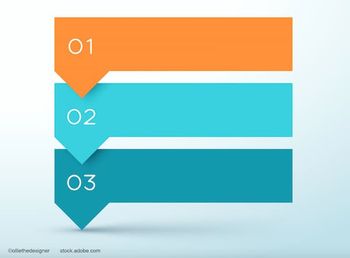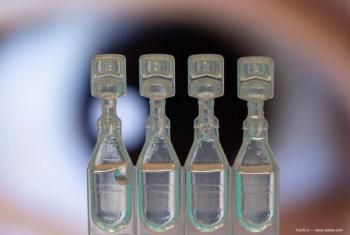
French researchers characterize ORA data in diverse patient groups
Study results analyzing data collected with the Ocular Response Analyzer (ORA, Reichert) are providing insight into how the parameters may differ in various patient populations and suggesting potential uses of this device in patient evaluation.
Study results analyzing data collected with the Ocular Response Analyzer (ORA, Reichert) are providing insight into how the parameters may differ in various patient populations and suggesting potential uses of this device in patient evaluation.
Researchers from Bordeaux University Hospital, France, conducted the study. It prospectively evaluated 498 eyes, including 122 normal eyes, 159 glaucomatous eyes, 86 keratoconic eyes, 92 eyes that were postLASIK, and 39 postPRK eyes.
Data were analyzed for the four measurements generated by the ORA: corneal hysteresis (CH), which reflects viscous damping of the cornea; corneal resistance factor (CRF), which corresponds to the viscoelasticity; IOP-G, which correlates to the traditional Goldmann IOP measurement; and IOP-CC, a corneal compensated IOP value that is free from the cornea's biomechanical characteristics.
Correlations were investigated among those measurements and between those measurements and Goldmann applanation IOP and corneal pachymetry.
The results from the overall population showed CH was highly statistically correlated only with CRF. In addition, the study found that in eyes with a "tough cornea," defined as having a CH > 12 mm Hg, IOP-CC and Goldmann IOP values were similar. In contrast, the IOP-CC was higher than the Goldmann IOP in "soft corneas," i.e., those with a CH value
"The IOP-CC may be the more accurate IOP measurement in these eyes and could be important in glaucoma screening," said Julien Kerautret, MD.
Compared with normals, the CH and CRF values were lower in the keratoconic and postrefractive surgery eyes. In addition, CH tended to be higher than the CRF among patients in the keratoconus, LASIK, and PRK groups.
"We were very surprised by this finding, which was rare in the normal population, and suppose it could be a new index of corneal weakness that might be important in screening for forme fruste keratoconus," Dr. Kerautret said.
Newsletter
Don’t miss out—get Ophthalmology Times updates on the latest clinical advancements and expert interviews, straight to your inbox.














































.png)


